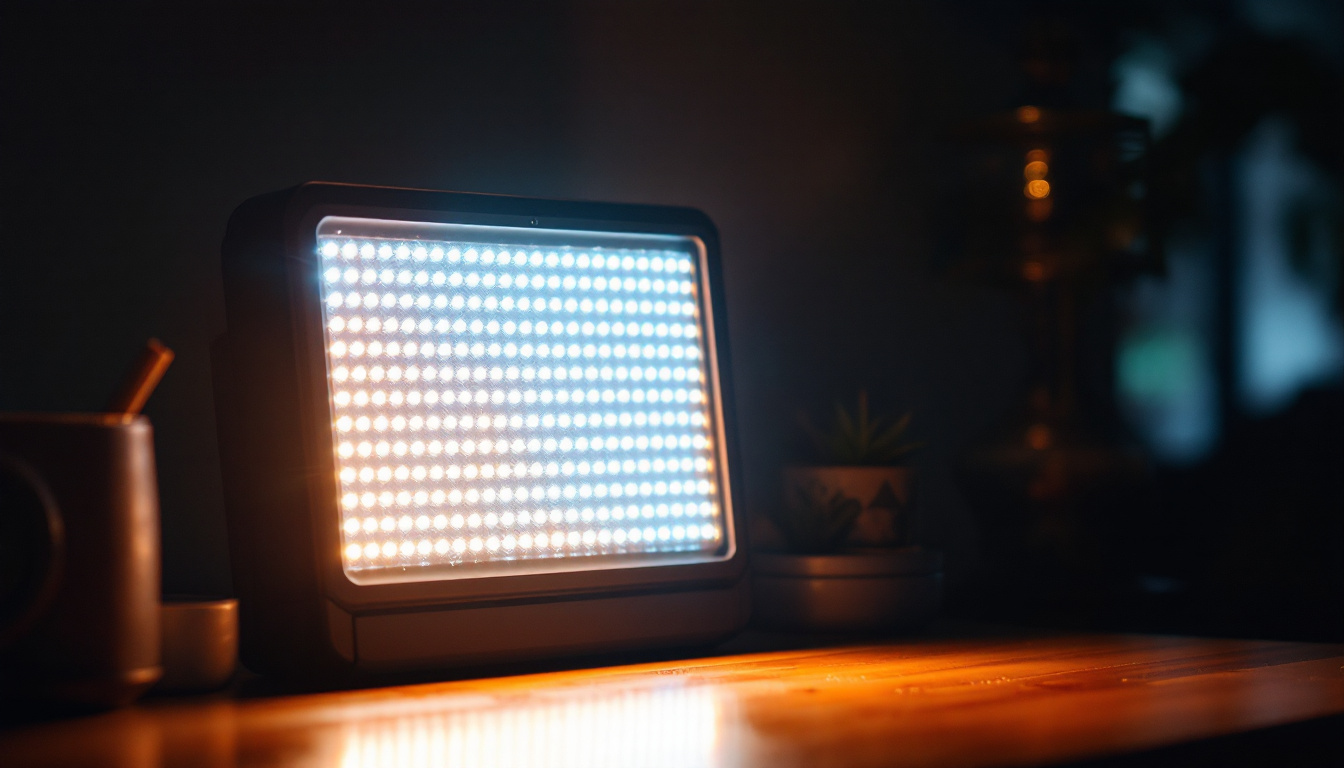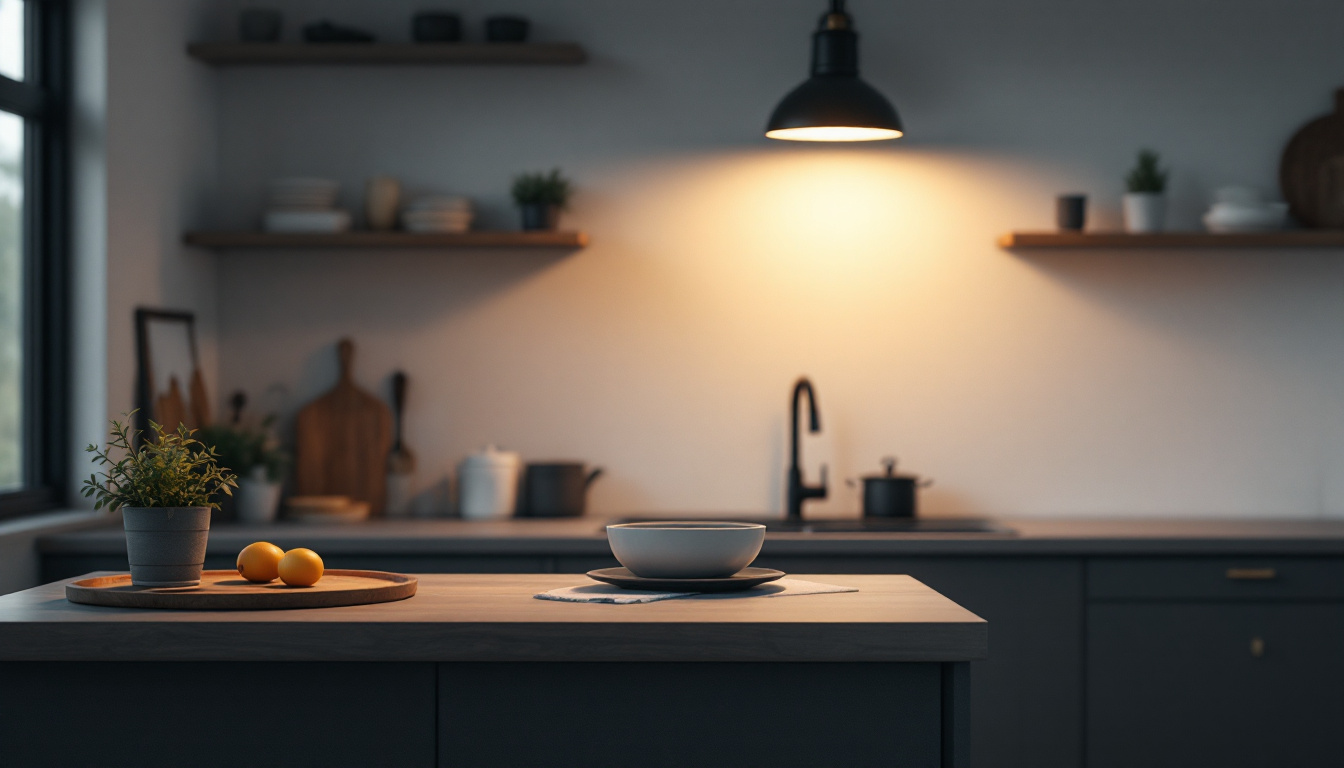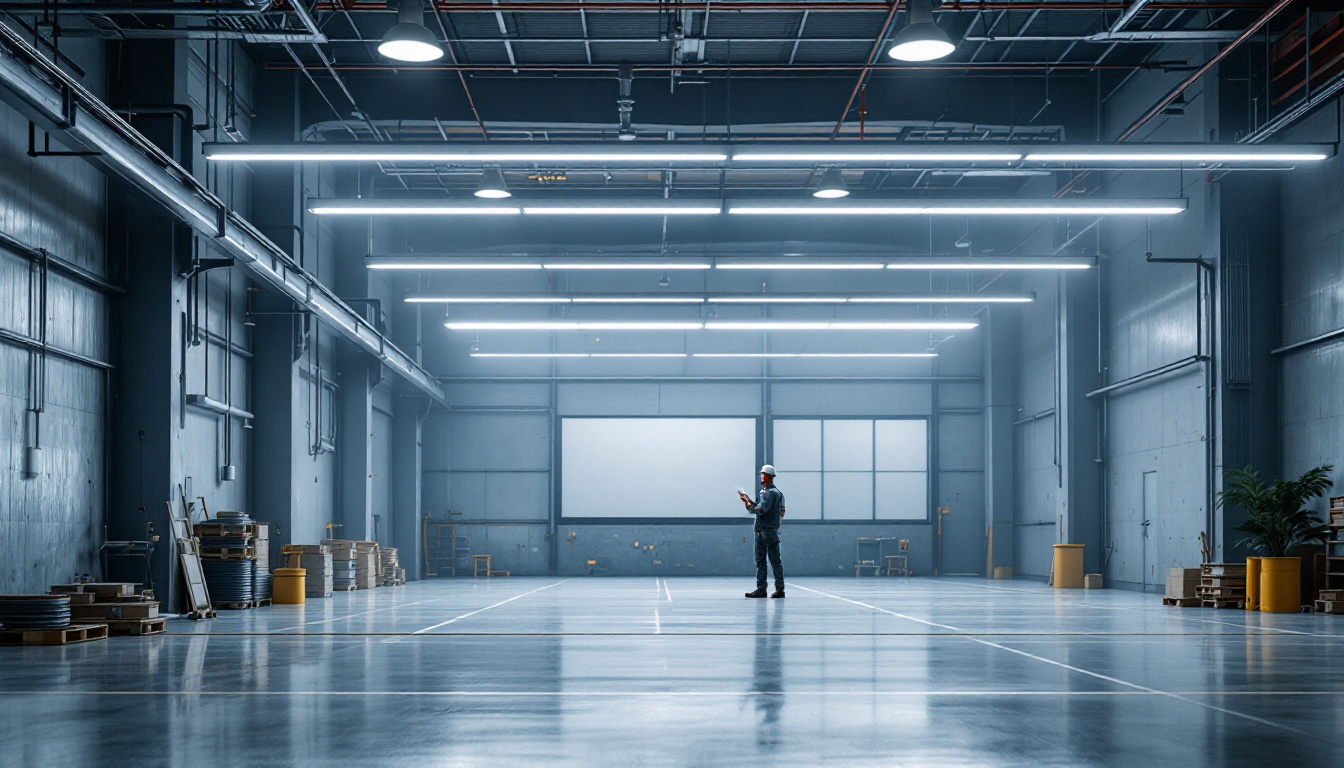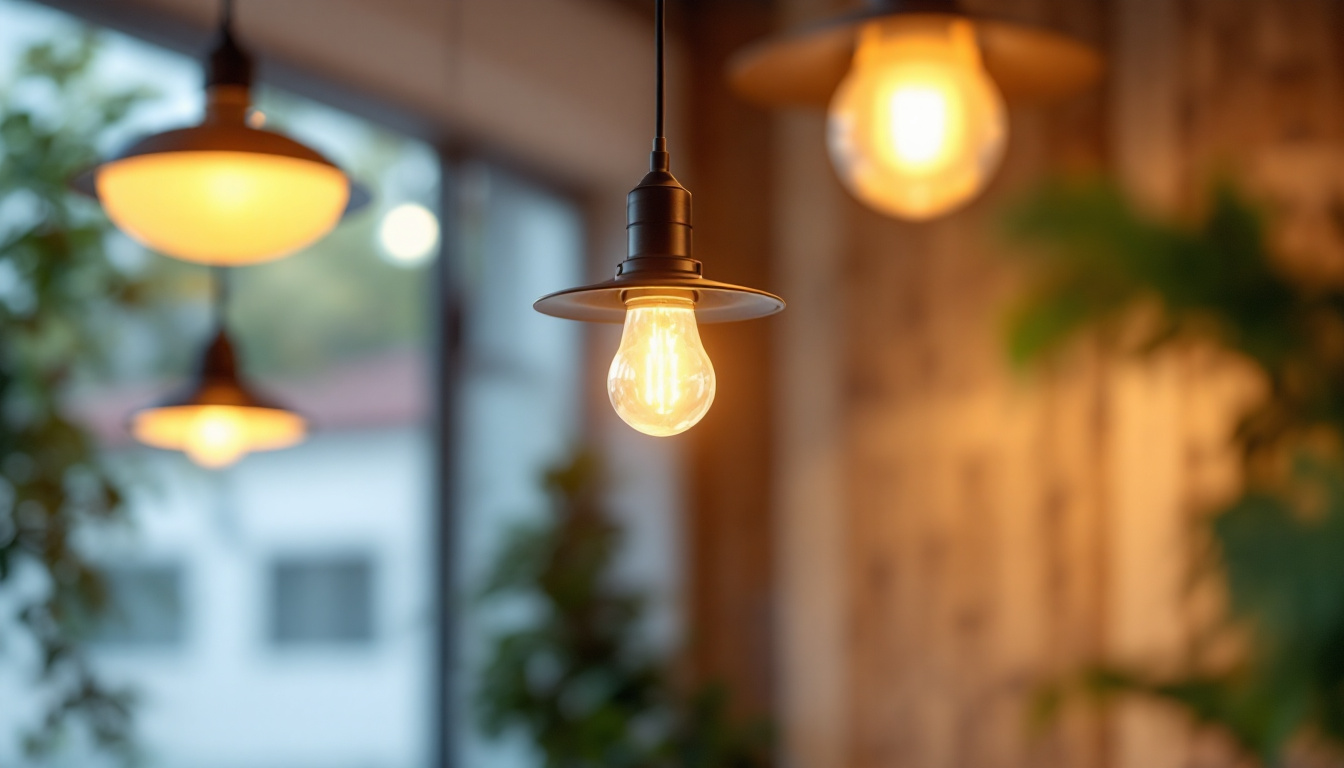
The lighting industry has undergone a significant transformation over the years, driven by advancements in technology and a growing emphasis on energy efficiency. Among the innovations that have emerged, LED lighting stands out as a game-changer. This article delves into the brightness of a 38 LED light, exploring its characteristics, advantages, and the broader evolution of lighting technology.
LED, or Light Emitting Diode, technology has revolutionized how we illuminate our environments. Unlike traditional incandescent or fluorescent bulbs, LEDs produce light through a process called electroluminescence, where a semiconductor emits photons when an electric current passes through it. This fundamental difference in operation leads to various benefits, including increased efficiency and longer lifespans. Additionally, LEDs are more durable than their traditional counterparts, as they are made from solid materials and are less prone to breakage. This resilience makes them an ideal choice for a wide range of applications, from home lighting to outdoor displays.
When discussing the brightness of a 38 LED light, it is essential to understand how brightness is measured. Lumens are the standard unit for measuring light output. A 38 LED light typically produces around 400 to 500 lumens, depending on the specific design and quality of the LEDs used. This level of brightness is suitable for various applications, from residential to commercial settings. Furthermore, it’s important to consider the color temperature of the light emitted, which is measured in Kelvin (K). A lower Kelvin number indicates a warmer, more yellow light, while a higher number signifies a cooler, bluish light. This aspect allows users to select lighting that best fits their mood or the specific ambiance they wish to create in a space.
In comparison to traditional lighting options, such as incandescent or halogen bulbs, LEDs offer significantly higher efficiency. For instance, a standard 60-watt incandescent bulb produces approximately 800 lumens, while a 38 LED light can achieve a similar output with only a fraction of the energy consumption. This efficiency not only reduces energy costs but also lessens the environmental impact. Moreover, LEDs have a much longer lifespan, often lasting up to 25,000 hours or more, compared to the mere 1,000 hours of an incandescent bulb. This longevity means fewer replacements and less waste, contributing to a more sustainable approach to lighting. As technology continues to advance, the versatility of LED lighting expands, with options now available for dimming, color changing, and even smart home integration, making them an increasingly popular choice for both consumers and businesses alike.
The versatility of 38 LED lights makes them suitable for a wide range of applications. From residential use to commercial and industrial settings, these lights can be adapted to meet various lighting needs.
In residential settings, 38 LED lights can be used for general lighting, accent lighting, or task lighting. Their compact size and efficiency make them ideal for fixtures such as recessed lighting, pendant lights, and under-cabinet lighting. Homeowners appreciate the bright, clear light that enhances the ambiance while saving on energy bills. Additionally, the longevity of LED lights means that homeowners can enjoy years of maintenance-free illumination, reducing the hassle and cost of frequent bulb replacements. With options for color temperature, these lights can be tailored to create warm, inviting spaces or bright, energizing environments, depending on the homeowner’s preference.
Moreover, the integration of smart technology with 38 LED lights has opened up new avenues for home automation. Homeowners can now control their lighting through smartphones or voice-activated devices, allowing for customizable lighting schedules and moods. This not only enhances convenience but also contributes to energy savings by ensuring that lights are only on when needed. The ability to dim lights or change colors can also play a significant role in setting the right atmosphere for gatherings, movie nights, or quiet evenings at home.
In commercial and industrial environments, the use of 38 LED lights can significantly improve visibility and safety. These lights are often used in warehouses, retail spaces, and office buildings. The ability to provide bright, consistent lighting helps create a productive atmosphere and can even enhance the overall customer experience in retail settings. Furthermore, the durability of LED lights makes them particularly suited for industrial applications where harsh conditions may prevail, such as in manufacturing plants or outdoor workspaces. Their resistance to shock and vibration ensures that they remain functional even in challenging environments.
Additionally, the energy efficiency of 38 LED lights translates into substantial cost savings for businesses. With lower energy consumption compared to traditional lighting solutions, companies can reduce their operational costs significantly. Many businesses are now opting for LED lighting upgrades as part of their sustainability initiatives, contributing to reduced carbon footprints and promoting eco-friendly practices. The versatility of these lights also allows for innovative designs, such as track lighting in galleries or adjustable fixtures in conference rooms, further enhancing the functionality of commercial spaces while maintaining aesthetic appeal.
The rise of LED lighting is not just about brightness; it is also about the numerous advantages these lights offer over traditional lighting options. Understanding these benefits can help lighting contractors make informed decisions when recommending solutions to clients.
One of the most significant advantages of LED lighting is its energy efficiency. LEDs consume significantly less power than incandescent or fluorescent bulbs, which translates to lower electricity bills for consumers. This efficiency is particularly beneficial in commercial applications, where lighting can account for a substantial portion of energy costs. Furthermore, the reduced energy consumption means that less energy needs to be generated, which can alleviate stress on power grids and contribute to a more stable energy supply.
LED lights have a much longer lifespan compared to traditional lighting options. While incandescent bulbs may last around 1,000 hours, LEDs can last anywhere from 15,000 to 50,000 hours or more. This longevity reduces the frequency of replacements, leading to lower maintenance costs and less waste. Additionally, LEDs are more robust and resistant to shocks and vibrations, making them ideal for a variety of settings, including outdoor environments and industrial applications where durability is essential.
As the world becomes more environmentally conscious, the impact of lighting choices on the planet is increasingly scrutinized. LED lights are free from hazardous materials like mercury, which is often found in fluorescent bulbs. Additionally, their energy efficiency contributes to lower carbon emissions, making them a more sustainable choice for lighting. The reduced need for frequent replacements also means fewer discarded bulbs, which can help minimize landfill waste. Moreover, many LED products are now designed to be recyclable, further enhancing their eco-friendly profile and encouraging responsible disposal practices among consumers.
Another notable advantage of LED lighting is its versatility in design and application. LEDs are available in a wide range of colors and can be easily integrated into various lighting fixtures, from recessed lighting in homes to decorative outdoor installations. This flexibility allows designers and architects to create innovative lighting solutions that enhance the aesthetic appeal of spaces while providing functional illumination. Additionally, the ability to dim LED lights and control their brightness through smart technology offers users more control over their lighting environments, catering to different moods and activities.
LEDs provide instant illumination at full brightness as soon as they are switched on, unlike some traditional bulbs that may take time to warm up. This feature is particularly beneficial in situations where immediate lighting is essential, such as in emergency exits or security lighting. Furthermore, LEDs emit very little heat compared to incandescent bulbs, which waste a significant amount of energy as heat. This low heat emission not only enhances safety by reducing the risk of burns but also contributes to a cooler environment, making them ideal for spaces where heat buildup is a concern, such as in enclosed fixtures or small rooms.
For lighting contractors, selecting the right LED light for a specific application requires careful consideration of various factors. Understanding the requirements of the space and the preferences of the client is crucial in making the best choice.
Color temperature, measured in Kelvins (K), plays a vital role in the ambiance created by lighting. A 38 LED light can come in various color temperatures, from warm white (around 2700K) to cool white (5000K and above). The choice of color temperature can affect the mood of a space, making it essential to consider the intended use and aesthetic preferences.
The beam angle of an LED light determines how concentrated or dispersed the light is. A narrow beam angle is ideal for spotlighting specific areas, while a wider beam angle is better for general illumination. Understanding the beam angle helps contractors select the right fixtures for their projects, ensuring optimal lighting performance.
The evolution of LED technology is ongoing, with new trends and innovations continually emerging. Staying informed about these developments is essential for lighting contractors looking to provide cutting-edge solutions to their clients.
One of the most exciting trends in the lighting industry is the rise of smart lighting solutions. These systems allow users to control their lighting through smartphones, voice commands, or automated schedules. Integrating smart technology with LED lighting can enhance convenience and energy savings, making it an appealing option for both residential and commercial applications.
Human-centric lighting focuses on creating lighting environments that support human health and well-being. This approach considers factors such as circadian rhythms and the psychological effects of different types of light. As research continues to highlight the importance of lighting on mood and productivity, human-centric designs are likely to gain traction in various settings.
The evolution of the lighting industry has brought about remarkable advancements, particularly with the introduction of LED technology. A 38 LED light, with its impressive brightness and energy efficiency, exemplifies the benefits of modern lighting solutions. As the industry continues to evolve, lighting contractors must stay informed about new technologies and trends to provide the best options for their clients.
In summary, the brightness of a 38 LED light is just one aspect of a broader conversation about lighting. Understanding the advantages, applications, and future trends of LED technology enables contractors to make informed decisions, ultimately leading to better outcomes for their projects and clients.
Ready to harness the power of LED lighting for your next project? Look no further than LumenWholesale for a comprehensive range of top-quality, spec-grade lighting solutions. Our commitment to affordability and quality means you can access the latest in LED technology without the burden of inflated markups. With free shipping on bulk orders, LumenWholesale is your go-to source for premium lighting at the best value. Elevate your lighting game and explore our selection today to find the perfect fit for any application, ensuring your projects shine bright with efficiency and style.

Discover why purchasing strip lights in bulk from local distributors might not be the best choice.

Discover the must-have essentials for lighting contractors working with industrial lamp kitchens.

Discover essential insights into linear high bay lighting with our comprehensive guide tailored for lighting contractors.

Discover the ultimate guide to affordable, high-lumen lighting solutions with insights from top lighting contractors.
Get notified when NEW deals are released.
Optimize your budget with wholesale discounts.
Only top-quality, specification-grade lighting products.
No additional costs at checkout - what you see is what you pay.
We understand the unique needs of contractors.